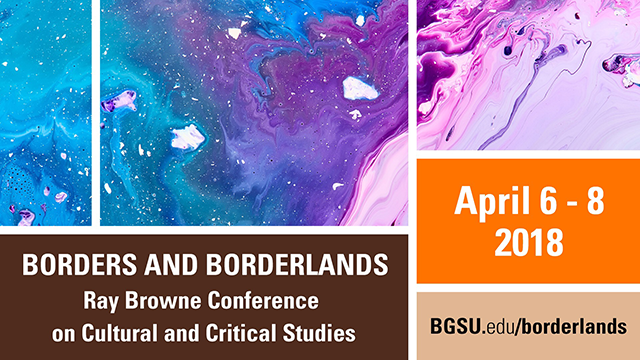
Concurrent Panel Session Three
A Magnificent Plot
Start Date
6-4-2018 3:00 PM
End Date
6-4-2018 3:50 PM
Abstract
Ever since Akira Kurosawa directed Shinchinin No Samurai in 1954, American filmmakers have repeatedly reused its plot, most recently in Antoine Fuqua's Magnificent Seven (2016). This paper uses Karl Marx and bell hooks to analyze the original film, John Sturges' Magnificent Seven (1960), and the remake to see how each filmmaker used the same structure to discuss class, race, and nationality in their respective locations and times. This paper also discusses the cinematography used to support those themes. Kurosawa made his epic in postwar Japan when the nation became pacifist, and the film examines the death of a warrior class to make way for plebeian farmers. Sturges' film looks at how bandits exploit a Mexican border town, and how the remote locale might serve as a place of equality for people of different ethnicities. Fuqua's movie explores how bankers exploit a town of working class whites, and how, in fighting the aristocracy, different ethnicities can coexist and exact justice. This paper also explores the impostor and the impressionable youngster characters. Kurosawa uses the impostor to criticize samurai and farmers of opportunistic morality, and he uses the youngsters to criticize the admiring of violence. Sturges combines these characters into a wannabe gunslinger to similar, and Fuqua somewhat foregoes them. Any moral to be had with the latter two films fails because this gunslinger, whom the others admonish, still sacrifices himself to benefit them. Whereas Kurosawa sees war as a path to peace, the other filmmakers see perpetual violence.
A Magnificent Plot
Ever since Akira Kurosawa directed Shinchinin No Samurai in 1954, American filmmakers have repeatedly reused its plot, most recently in Antoine Fuqua's Magnificent Seven (2016). This paper uses Karl Marx and bell hooks to analyze the original film, John Sturges' Magnificent Seven (1960), and the remake to see how each filmmaker used the same structure to discuss class, race, and nationality in their respective locations and times. This paper also discusses the cinematography used to support those themes. Kurosawa made his epic in postwar Japan when the nation became pacifist, and the film examines the death of a warrior class to make way for plebeian farmers. Sturges' film looks at how bandits exploit a Mexican border town, and how the remote locale might serve as a place of equality for people of different ethnicities. Fuqua's movie explores how bankers exploit a town of working class whites, and how, in fighting the aristocracy, different ethnicities can coexist and exact justice. This paper also explores the impostor and the impressionable youngster characters. Kurosawa uses the impostor to criticize samurai and farmers of opportunistic morality, and he uses the youngsters to criticize the admiring of violence. Sturges combines these characters into a wannabe gunslinger to similar, and Fuqua somewhat foregoes them. Any moral to be had with the latter two films fails because this gunslinger, whom the others admonish, still sacrifices himself to benefit them. Whereas Kurosawa sees war as a path to peace, the other filmmakers see perpetual violence.

